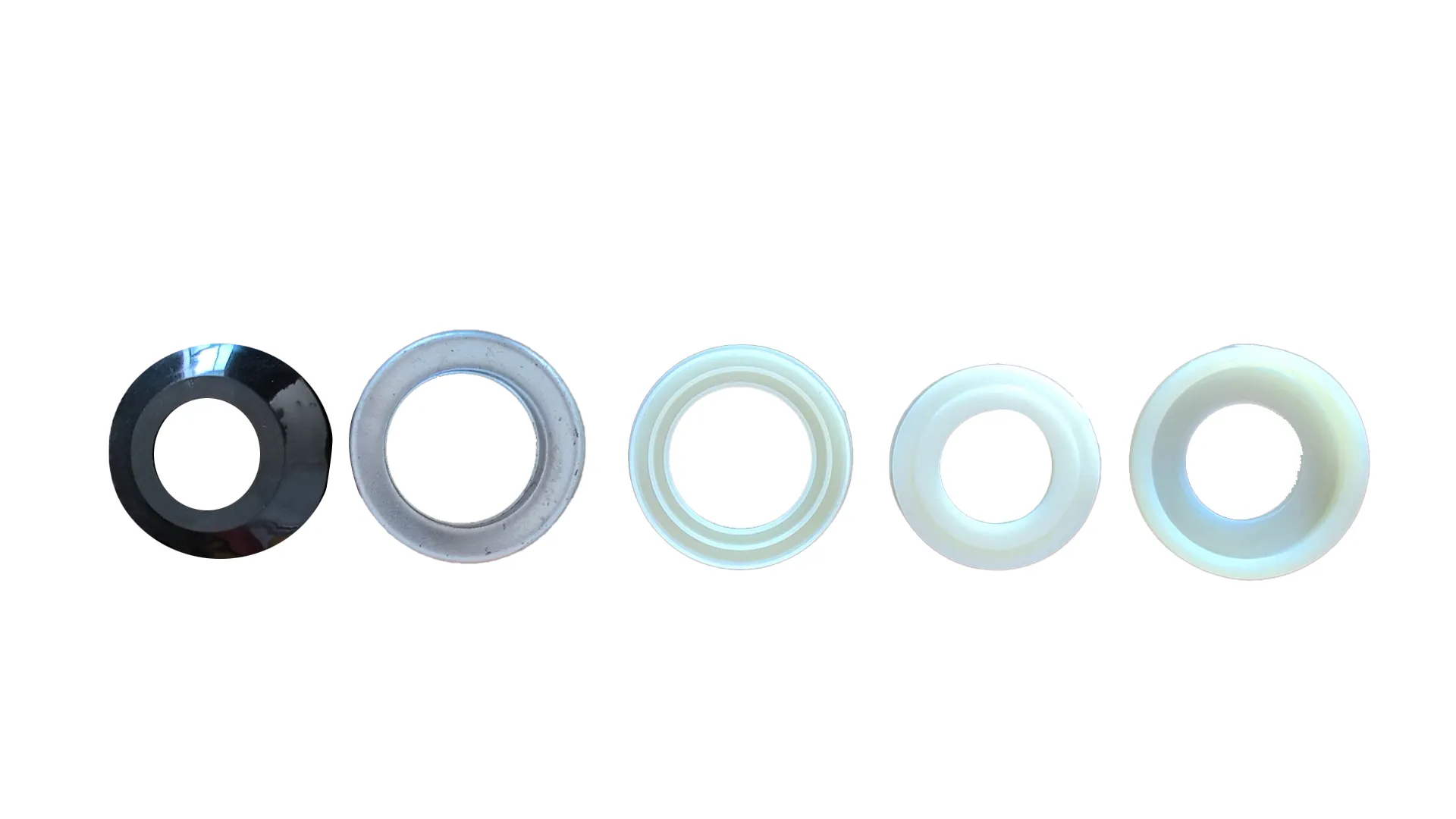 Afrikaans
Afrikaans  Albanian
Albanian  Amharic
Amharic  Arabic
Arabic  Armenian
Armenian  Azerbaijani
Azerbaijani  Basque
Basque  Belarusian
Belarusian  Bengali
Bengali  Bosnian
Bosnian  Bulgarian
Bulgarian  Catalan
Catalan  Cebuano
Cebuano  Corsican
Corsican  Croatian
Croatian  Czech
Czech  Danish
Danish  Dutch
Dutch  English
English  Esperanto
Esperanto  Estonian
Estonian  Finnish
Finnish  French
French  Frisian
Frisian  Galician
Galician  Georgian
Georgian  German
German  Greek
Greek  Gujarati
Gujarati  Haitian Creole
Haitian Creole  hausa
hausa  hawaiian
hawaiian  Hebrew
Hebrew  Hindi
Hindi  Miao
Miao  Hungarian
Hungarian  Icelandic
Icelandic  igbo
igbo  Indonesian
Indonesian  irish
irish  Italian
Italian  Japanese
Japanese  Javanese
Javanese  Kannada
Kannada  kazakh
kazakh  Khmer
Khmer  Rwandese
Rwandese  Korean
Korean  Kurdish
Kurdish  Kyrgyz
Kyrgyz  Lao
Lao  Latin
Latin  Latvian
Latvian  Lithuanian
Lithuanian  Luxembourgish
Luxembourgish  Macedonian
Macedonian  Malgashi
Malgashi  Malay
Malay  Malayalam
Malayalam  Maltese
Maltese  Maori
Maori  Marathi
Marathi  Mongolian
Mongolian  Myanmar
Myanmar  Nepali
Nepali  Norwegian
Norwegian  Norwegian
Norwegian  Occitan
Occitan  Pashto
Pashto  Persian
Persian  Polish
Polish  Portuguese
Portuguese  Punjabi
Punjabi  Romanian
Romanian  Russian
Russian  Samoan
Samoan  Scottish Gaelic
Scottish Gaelic  Serbian
Serbian  Sesotho
Sesotho  Shona
Shona  Sindhi
Sindhi  Sinhala
Sinhala  Slovak
Slovak  Slovenian
Slovenian  Somali
Somali  Spanish
Spanish  Sundanese
Sundanese  Swahili
Swahili  Swedish
Swedish  Tagalog
Tagalog  Tajik
Tajik  Tamil
Tamil  Tatar
Tatar  Telugu
Telugu  Thai
Thai  Turkish
Turkish  Turkmen
Turkmen  Ukrainian
Ukrainian  Urdu
Urdu  Uighur
Uighur  Uzbek
Uzbek  Vietnamese
Vietnamese  Welsh
Welsh  Bantu
Bantu  Yiddish
Yiddish  Yoruba
Yoruba  Zulu
Zulu Guidance Solutions for Conveyor Rollers in Material Handling Systems
Understanding Conveyor Guide Rollers A Key Component of Material Handling Systems
Conveyor systems are an integral part of modern manufacturing and distribution processes. They enhance efficiency, reduce manual labor, and streamline the flow of materials. Among the many components that contribute to the functionality of these systems, conveyor guide rollers play a crucial role. In this article, we will delve into the significance, types, and advantages of conveyor guide rollers in various applications.
What are Conveyor Guide Rollers?
Conveyor guide rollers are specialized components that support, guide, and stabilize the movement of materials along conveyor belts. Typically made from durable materials such as metal, plastic, or rubber, these rollers help maintain the alignment of the belt and prevent materials from slipping off during transit. They contribute to the overall smooth operation of the conveyor system and ensure items are delivered safely from one point to another.
The Importance of Conveyor Guide Rollers
1. Maintaining Alignment One of the primary functions of conveyor guide rollers is to keep the conveyor belt aligned. Misalignment can cause wear and tear on the belt and rollers, leading to increased operational costs and potential system failures. By providing a steady guiding force, these rollers ensure the smooth tracking of the belt.
2. Reducing Friction Guide rollers are designed to reduce friction between the conveyor belt and its surroundings. This not only allows the belt to move more freely but also minimizes energy consumption. Efficient operation can lead to lower operational costs and increased productivity.
3. Enhancing Safety By preventing items from falling off the conveyor belt, guide rollers significantly enhance workplace safety. When materials are contained within the boundaries of the belt, the risk of accidents due to spills or misaligned loads is minimized.
4. Accommodating Various Loads Conveyor guide rollers are versatile and can be customized to accommodate different types of loads and materials. Whether transporting heavy boxes, fragile items, or palletized goods, these rollers can be tailored to meet specific operational requirements.
Types of Conveyor Guide Rollers
Conveyor guide rollers come in various types, each designed for specific applications
conveyor guide rollers

- Idler Rollers These are non-driven rollers that support the conveyor belt and help maintain its alignment. They are often used in conjunction with drive rollers to form a complete conveyor system.
- Wing Rollers These rollers have a design that resembles wings, enabling them to guide the belt while still allowing for the easy movement of materials. They are particularly useful in applications where loads are wide or irregularly shaped.
- Return Rollers Located on the return side of the conveyor belt, return rollers help in guiding the belt back to its starting position after unloading. They play a key role in maintaining the overall efficiency of the system.
- Side Guide Rollers These rollers are positioned at the edges of the conveyor system and are designed to keep items from sliding off the side. They are especially important in environments where the conveyor operates at steep angles or where load stability is critical.
Advantages of Using Conveyor Guide Rollers
- Increased Efficiency With the improved alignment and reduced friction that guide rollers provide, conveyor systems can operate more efficiently. This translates into faster processing times and higher throughput.
- Reduced Maintenance Costs By reducing wear and tear on the conveyor belt and components, guide rollers can help lower maintenance costs. This longevity means fewer replacements and increased uptime for the conveyor system.
- Customization Options Manufacturers offer various sizes, materials, and designs for guide rollers, making it easy to find a solution tailored to specific operational needs.
Conclusion
In conclusion, conveyor guide rollers are essential components that support the smooth operation of conveyor systems across multiple industries. By maintaining belt alignment, reducing friction, enhancing safety, and accommodating diverse loads, these rollers play a vital role in the efficiency and reliability of material handling processes. As businesses strive for operational excellence, investing in high-quality conveyor guide rollers will undoubtedly yield significant returns on efficiency and safety.
-
Revolutionizing Conveyor Reliability with Advanced Rubber Lagging PulleysNewsJul.22,2025
-
Powering Precision and Durability with Expert Manufacturers of Conveyor ComponentsNewsJul.22,2025
-
Optimizing Conveyor Systems with Advanced Conveyor AccessoriesNewsJul.22,2025
-
Maximize Conveyor Efficiency with Quality Conveyor Idler PulleysNewsJul.22,2025
-
Future-Proof Your Conveyor System with High-Performance Polyurethane RollerNewsJul.22,2025
-
Driving Efficiency Forward with Quality Idlers and RollersNewsJul.22,2025





























